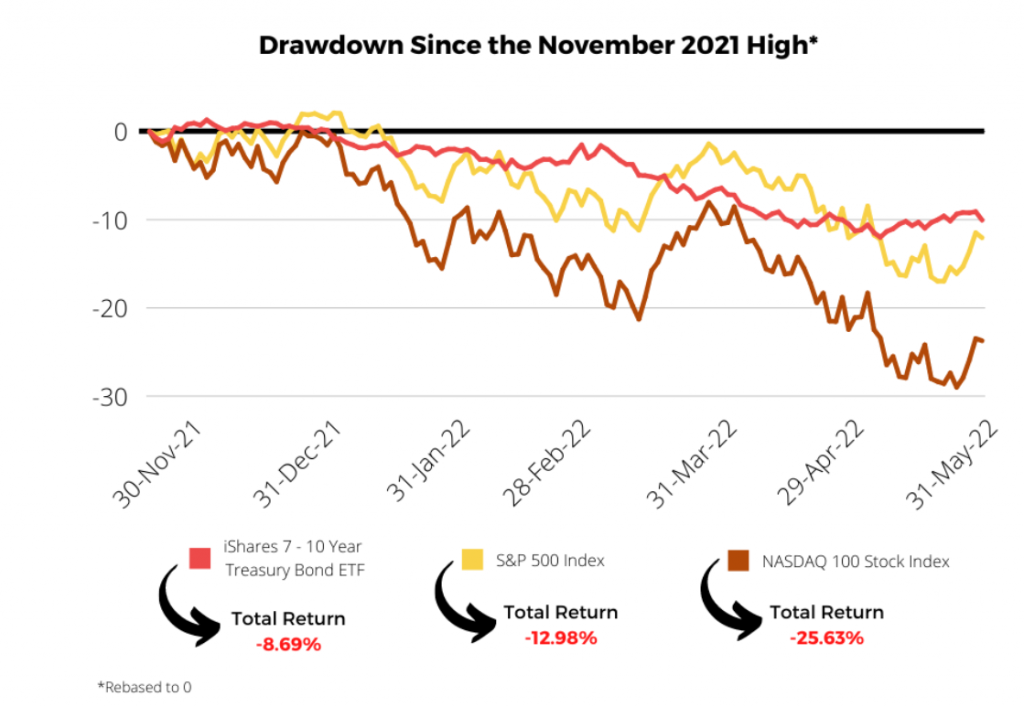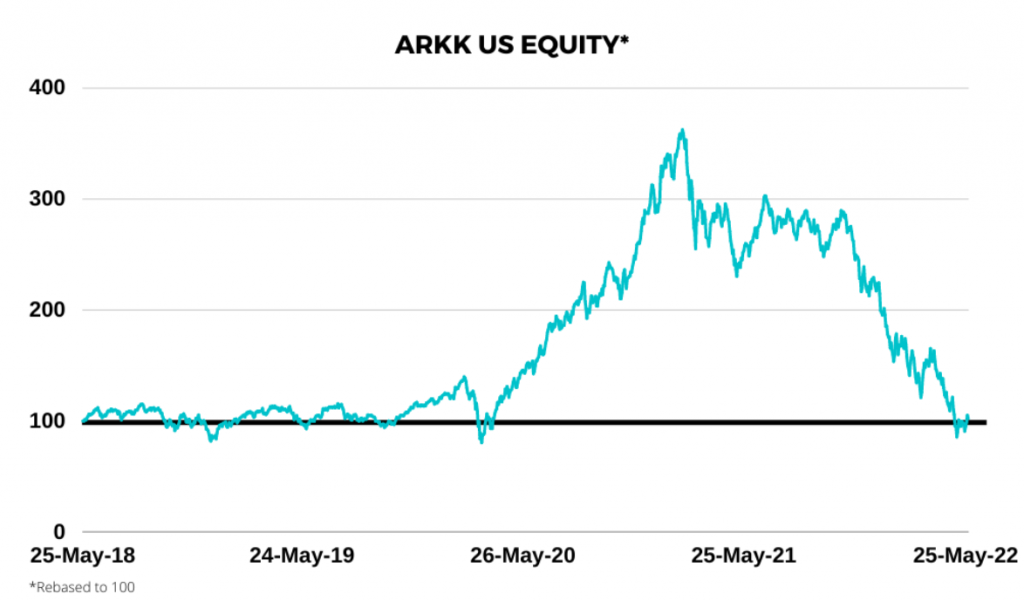By guest contributor Blair Kirkhope, Head of Specialist Investments, Sequoia Specialist Investments Pty Ltd
When reviewing the financial news lately, plenty has been said about rising inflation in recent months. This has been especially the case for the United States where the closely watched inflation gauge, the Consumer Price Index (CPI), exploded to a 40-year high in March 2022 with a reading of 8.5%. This reflected prices soaring on everything from petrol, food, transportation and housing.
Until March 2022, US Federal Reserve (“the Fed”) Chairman Powell, had been suggesting during 2021 that the rising inflation was merely transitory as a result of the low base effects coming from 2020. However, this suggestion was quickly put to bed in March and the Fed had no choice but to change its course on interest rates as a result of the sudden change in inflation expectations. This is a quote from the Minutes of the Federal Open Market Committee March 15–16, 2022.
Following the Russian invasion of Ukraine and the subsequent imposition of an array of sanctions…global financial conditions tightened, reflecting declines in equity prices, increases in sovereign yields and credit spreads, and— for the United States—an appreciation of the dollar. Prices of commodities that Russia exports, particularly oil and natural gas, soared over the period. While oil prices partially retracted late in the period, options prices suggested considerable probability that oil prices could remain elevated or rise further in the months ahead. Alongside the rise in commodities prices, measures of near-term inflation compensation increased sharply across advanced economies.
With inflation rising rapidly not just in the US but across many other parts of the world, various central bankers have been forced to use the only lever available to them in an attempt to bring it under control: higher interest rates.
Bonds and equities have been falling in response, as was evidenced in the sharp move lower in the S&P 500 and 7-10 year US Treasury bond prices over the last 6 months.

Source: Bloomberg. Past performance is not a reliable indicator of future performance.
The inflation conundrum
This does present a conundrum for investors with traditionally diversified equity/bond portfolios. If bonds and equities are falling, what other investments can be considered that can be reasonably expected to add value to portfolios during periods of high inflation?
Before answering this question, lets dig a little deeper to try and understand the economic mechanism through which higher inflation leads to lower bond and equity prices.
So why does high inflation drive markets lower?
Given bond yields reflect the combination of:
- future expected interest rates;
- inflation expectations; and
- a risk premium,
a rise in both inflation and interest rates means that investors will demand higher yields from bonds. This forces bond prices lower in order to achieve a higher yield given the inverse relationship between bond prices and yields.
Impact on Tech Shares
Equities, on the other hand, fall for a variety of reasons. Technology shares with high levels of leverage and valuations based on expected future revenue streams (rather than strong current operational revenues), tend to be hit the hardest. The rise in funding costs directly impacts the bottom line. This brought into question some of the exuberant valuations of various tech shares listed on the Nasdaq leading into November 2021. Many of these valuations now appear to have been heavily reliant upon the extremely low interest rate regime. The best example of this is the ARK Innovation ETF managed by Cathie Wood, which invested in many companies focusing on future disruption.
Source: Bloomberg. Past performance is not a reliable indicator of future performance.
Notwithstanding the above, there does come a point when some of these tech shares might ironically start offering a value opportunity to investors who have the right stock picking skill, not to mention risk appetite.
Impact on broader equity markets
Greater economic uncertainty due to high inflation also impacts the wider equity markets as companies find it harder to plan, invest, grow and engage in long term contracts. Moreover, although companies with market power can increase prices to mitigate the impact of an unexpected surge in costs, many smaller companies are unable to pass on the full increase in costs to their customers. Margins could therefore shrink putting pressure on wages. Further, higher inflation can lead to a fall in consumer sentiment and general economic weakness. Higher living costs through higher mortgage payments, rents, petrol and grocery costs can lead to lower disposable income (unless wages increase to a similar extent) meaning less discretionary spending.
Some analysts are not expecting a sudden reversal in fortunes for the wider equity and bond markets. However, we believe the S&P 500, for example, could continue to remain under pressure at least until US inflation starts to show signs of not just coming back under control but reversing back towards more reasonable levels of 2-3% per annum.
Notwithstanding the above, we believe it is important for investors to understand what is driving inflation higher and whether these underlying drivers can be expected to continue into the future. If so, then it makes sense for investors to consider inflation hedging solutions for their portfolios.
Next week, we will discuss what is driving inflation, whether rising interest rates will achieve anything in the short term and how investors can profit in this environment.



